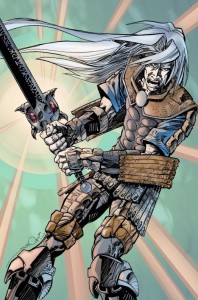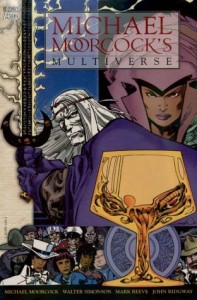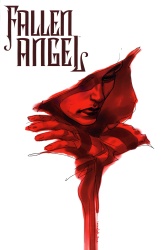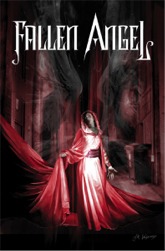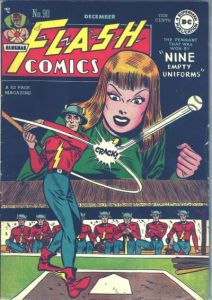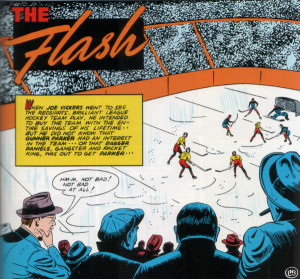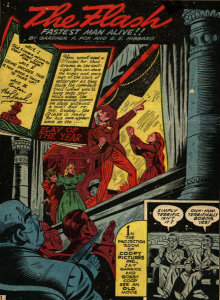We made it to San Diego around 1:00. After spending an afternoon in Old Town, and a self-guided tour of the Whaley House (which we missed last year), we dropped by the convention center to pick up our badges for Comic Con.
It was around 8:00, and it was Preview Night (only open to guests and pre-registered attendees), so there was basically no line. Only one problem: no one seemed to be willing to give us our badges!
We walked up to the first open window at the line of pre-reg booths. “Hi, we’re here to check in. Last name…” “Try those two guys over there.” “Oh, OK.”
So we walked across the way to the two guys she seemed to be pointing at. “Hi, we’re pre-reg, we’re here to pick up our…” “Try over there,” they said, pointing to a booth further along in the original line of booths.
So we walked across to that window. “Hi, is this where we actually pick up badges, because we were over there, and they directed us over there, and they directed us over here…”
It was, so I handed him the bits of paper from when we signed up, a whole year ago at last year’s con. I gave him my name, he didn’t seem to be able to find it, I gave him Katie’s name, he couldn’t find that, and eventually I had to dig out the receipt (which I had just ripped off of the sign-up sheets, since we usually have to go to separate windows), show him that yes, we paid, and somehow he was able to dig up our registration info, because the badges had the right city any everything.
So we got in, checked out the floor, and I got a few leads on Golden Age Flash books (though again, people seem to be bringing mostly the good-quality expensive copies), and we left when the hall closed at 9:00. Along with everyone else on the planet, as far as we could tell. It wasn’t nearly as crowded as any day last year, but it was more than either of us expected.
